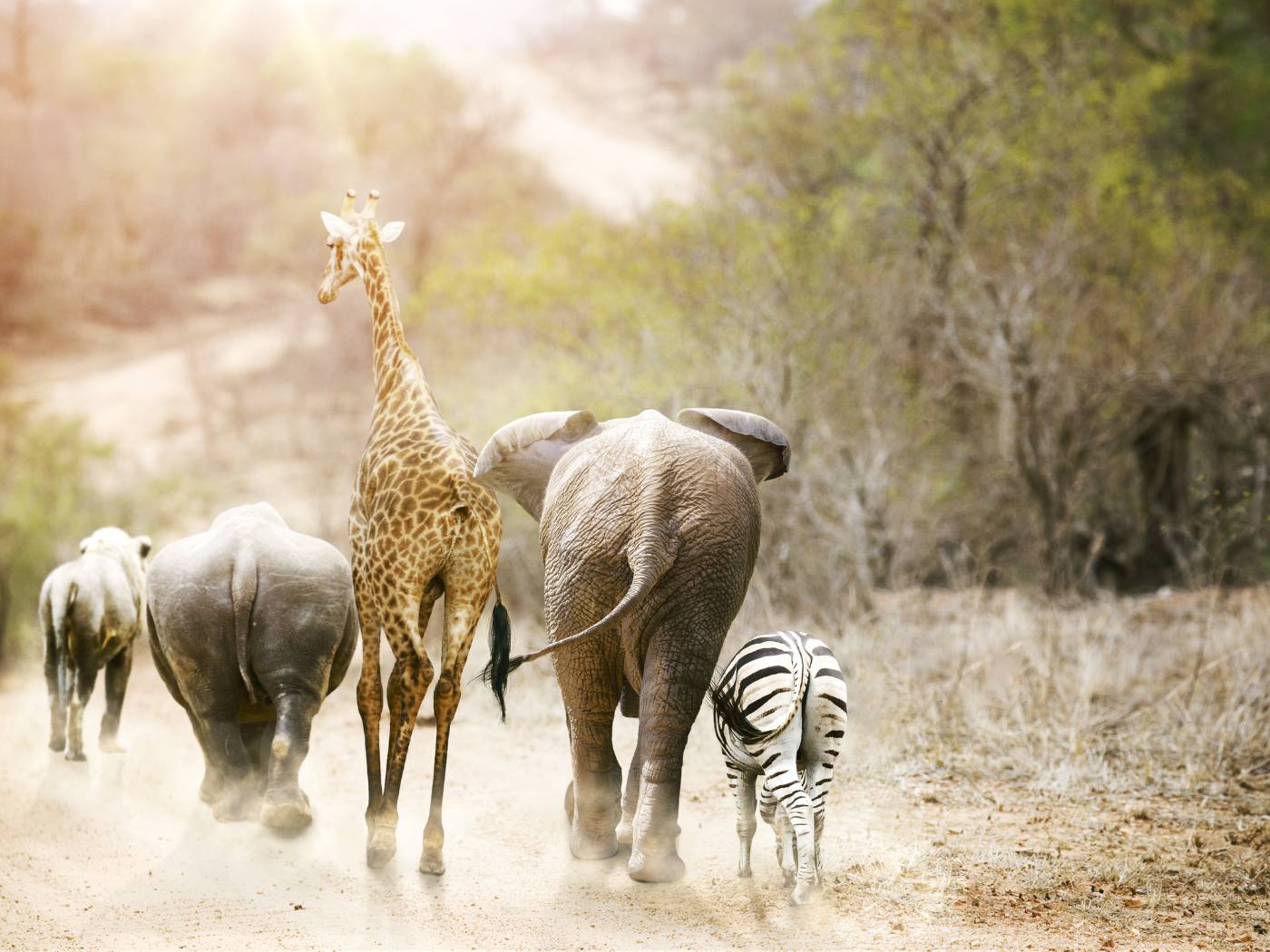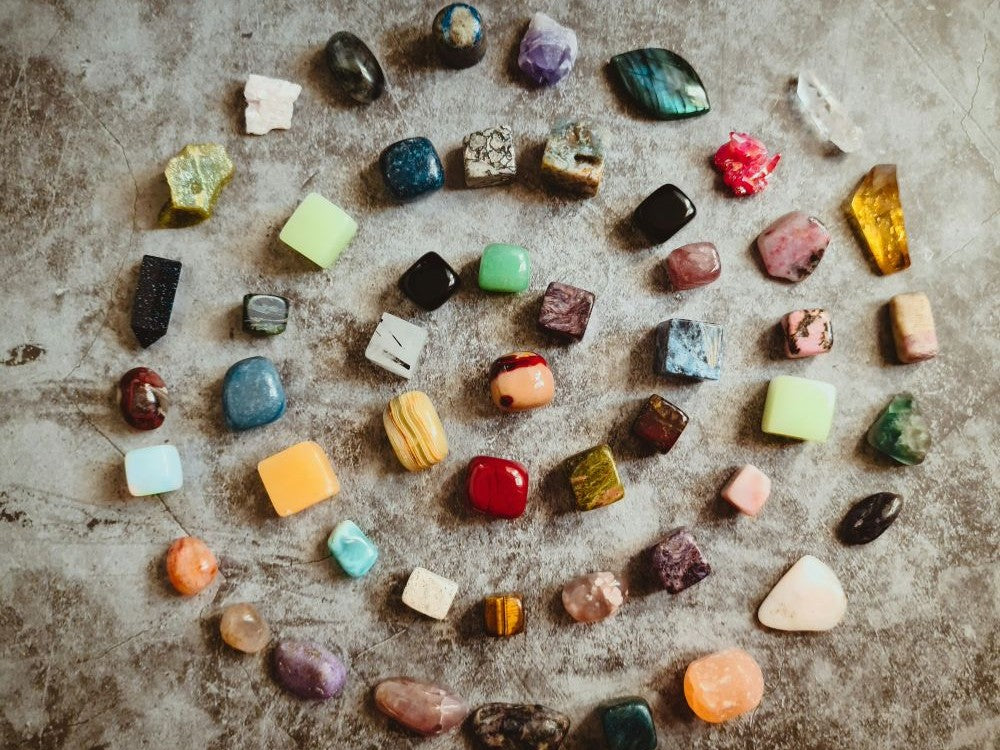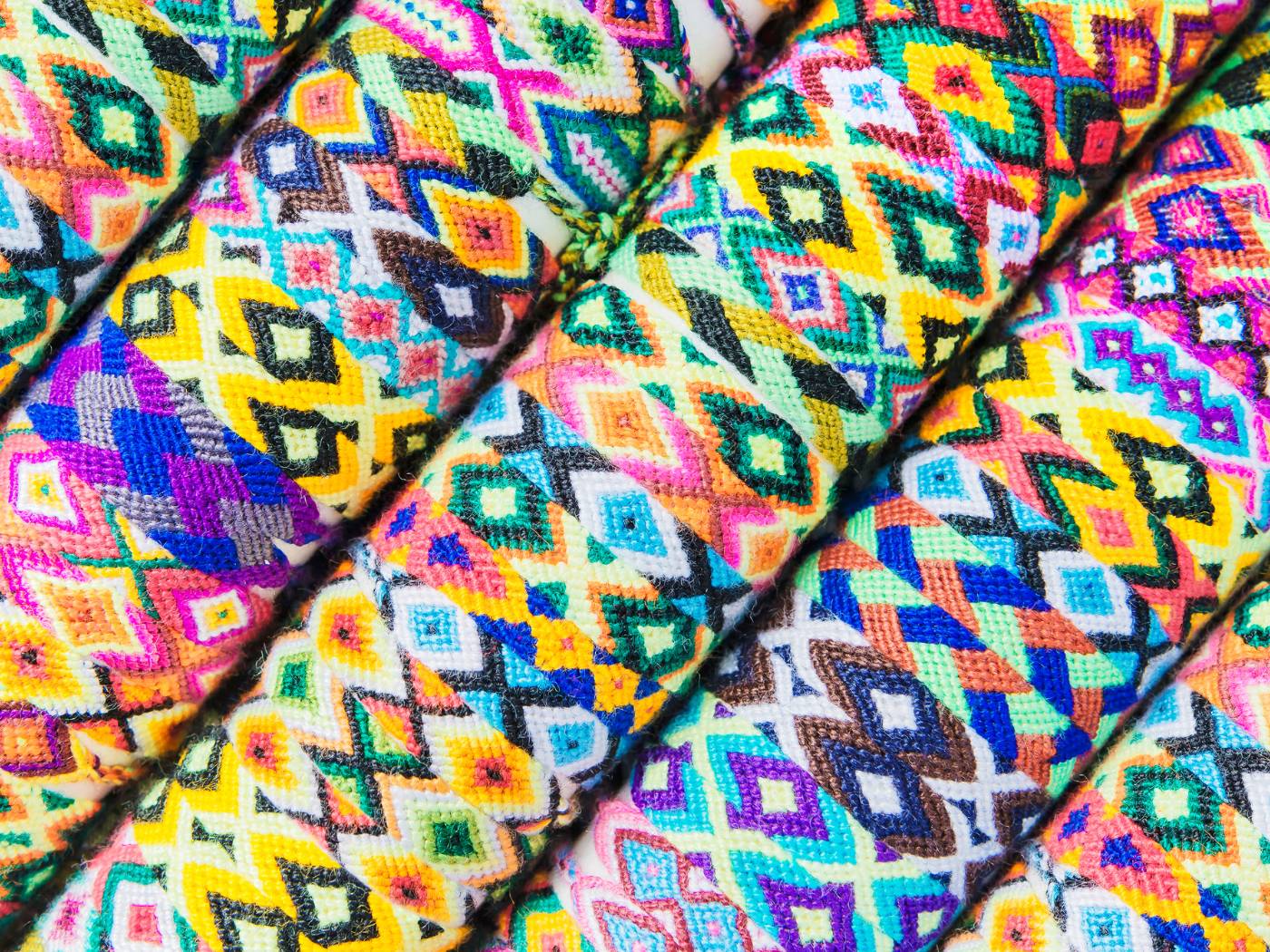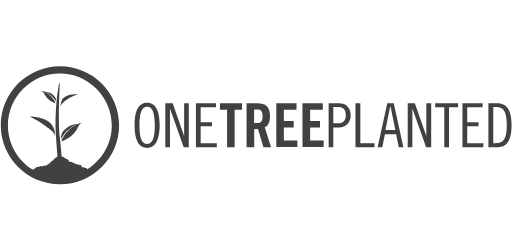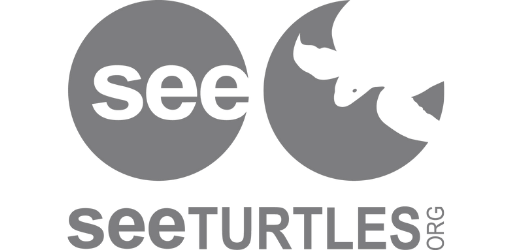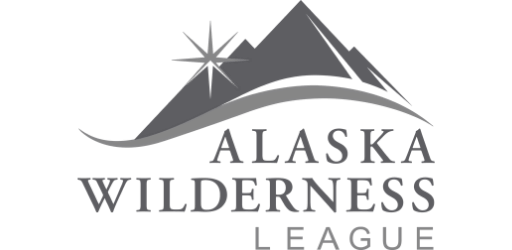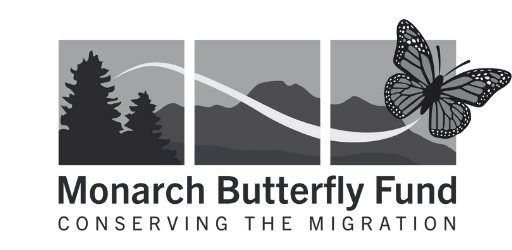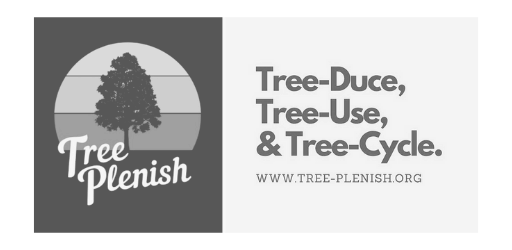You've already named your turtle friend, and looking for the next level of connecting with animals: These miniature marvels, strapped onto creatures great and small, are revolutionizing the way we study wildlife. Imagine receiving real-time updates on a lioness's hunt, or following a humpback whale's epic migration across the vast expanse of the ocean. Companies like Vectronic Aerospace and Telemetry Solutions are making this a reality. These high-tech collars transmit a wealth of data, from location and movement patterns to heart rate and body temperature.
However, before we get swept away in the technological wonder, let's delve into the ethical thicket surrounding animal tracking bracelets. This isn't your standard review of the latest gadget; it's a deep dive into the complex interplay of scientific advancement, wildlife welfare, and corporate responsibility.
The Elephant in the Room: Who Gets Tracked?
The first question that begs an answer is: who gets to wear these digital collars or benefits from an animal tracker bracelet? Is it purely a scientific decision, or does a hefty donation to a wildlife reserve get your favorite orangutan a VIP tracking experience? The potential for exploitation is undeniable. Imagine a scenario where endangered species become "trophy tracks" for wealthy donors, prioritizing spectacle over science.
Thankfully, some companies are starting to address this ethical elephant. Partnerships with established wildlife nonprofits like the World Wildlife Fund (WWF) and Panthera aim to ensure the well-being of the animals and keep the data firmly in the realm of genuine conservation efforts. Stringent selection processes are implemented, with priority given to endangered species or those critical to understanding broader ecosystem health from animals to trees and the environment that supports them. The placement of the transmitters is also carefully considered, minimizing discomfort and potential risks.
What Animals Can You Track With a Bracelet?
The list of animals sporting tracking bracelets is diverse and fascinating. Lions, Elephants, Sea Turtles, Sharks and Eagles are some of the most commonly tracked creatures.
- Big Cats: Lions, tigers, cheetahs, and leopards are prime candidates for tracking. Their vast territories and elusive nature make them challenging to study traditionally. Tracking bracelets provide invaluable data on their hunting patterns, social interactions, and migration routes.
- Elephants: These majestic giants are another focus of tracking efforts. Understanding their migration patterns helps protect them from human-wildlife conflicts and aids in conservation efforts. Tracking bracelets can also monitor their health and well-being.
- Marine Mammals: Whales, sharks, and dolphins are being tracked across vast ocean distances. This helps researchers understand their feeding grounds, breeding habits, and the impact of climate change on migration patterns.
- Endangered Species: Tracking bracelets are crucial for monitoring the health and movements of endangered animals like rhinos, gorillas, and orangutans. This information helps in anti-poaching efforts and allows researchers to identify threats to their survival.
- Birds: Birds like eagles, hawks, and vultures can be tracked to understand their migration patterns and identify critical habitat areas. This data is vital for conservation efforts and protecting migratory corridors.

Building a Transparent Ecosystem
But are these partnerships enough? Can we fully trust corporations to prioritize the ethical treatment of wild animals throughout the entire process? What happens to the data collected? Is it readily accessible to independent researchers striving for holistic conservation solutions, or is it locked away in proprietary databases used for who-knows-what reasons?
Transparency is paramount. We need open communication regarding the selection criteria for animals fitted with trackers, particularly those in biodiverse forests. It's crucial to understand how the data is collected, stored, and used. Collaboration with independent research institutions and conservation groups fosters trust and ensures the data is used for the greater good.
The Power of Data: A Double-Edged Sword
The potential benefits of animal tracking bracelets are undeniably enticing. Researchers can now map and understand animal migration patterns with unprecedented detail. This knowledge is crucial for protecting vital migration corridors, mitigating human-wildlife conflicts, and identifying critical habitat areas. Imagine pinpointing poaching hotspots with real-time data on animal movement or identifying populations struggling with disease outbreaks.
This information can be a game-changer for conservation efforts, allowing us to target interventions with laser precision. For example, tracking endangered black rhinos can help wildlife rangers anticipate poachers' movements, thwarting their efforts before they strike. Additionally, monitoring the health of animals through temperature and heart rate data can provide early warnings of disease outbreaks, preventing devastating consequences for entire populations.
A Call for Consumer Action
However, wielding this power comes with tremendous responsibility. We, as consumers, must become active participants in the conversation. Dig deeper. Investigate the companies like we did with Lokai bracelets previously. Ask questions about their partnerships with wildlife organizations and most importantly, their commitment to animal welfare. Don't settle for vague platitudes; demand transparency and accountability.
The onus is on us to ensure this technology is used for good, not for exploitation. Support companies with a proven track record of ethical wildlife research and strong partnerships with reputable conservation organizations. By being mindful consumers, we can shape the future of animal tracking and ensure this technology becomes a powerful tool for wildlife preservation.
Is The Turtle Tracking Bracelet Legit?
The legitimacy of turtle tracking bracelets depends on the company you purchase from. While some organizations, like Fahlo, TeamPlanting and 4Ocean, partner with legitimate wildlife conservancies and provide actual transparency and impact data, many others are simply scams designed to take advantage of caring consumers.
These scam companies might use stolen data or fabricate entirely, offering little to no value for your purchase. Before buying a turtle tracking bracelet, do your research! Look for partnerships with reputable conservation groups and ensure the company provides clear information about the data they offer.
Respecting the Wild Spirit
But the conversation doesn't stop with data and technology. At the heart of this issue lies the fundamental question of respect for the wild spirit. Tracking bracelets have the potential to disrupt natural behavior and disrupt the intricate balance of predator-prey relationships. A gazelle with a brightly colored transmitter may become an easier target for predators. We must balance the pursuit of scientific knowledge with respect for the inherent rights of animals to live free and unencumbered.
Perhaps the true power of animal tracking bracelets lies not just in the data they collect, but in the empathy they can foster. By following the journeys of these magnificent creatures, we can develop a deeper understanding of their struggles and the threats they face. This understanding can ignite a sense of responsibility and inspire action.
Balancing Tech and Wildness
Animal tracking bracelets represent a powerful tool in the fight for wildlife conservation. But like any technology, its effectiveness hinges on responsible use. We must navigate a path that values both scientific progress and animal well-being. Here are some key considerations for a future where technology and wildness coexist:
- Prioritizing Ethical Research: Research protocols must prioritize animal welfare. This means minimizing stress during the attachment process, utilizing lightweight and comfortable transmitters, and carefully selecting species suitable for tracking. Independent oversight by wildlife biologists and veterinarians is crucial.
- Data Sharing and Collaboration: Collected data should be readily available to a wider scientific community, not locked away in proprietary databases. This fosters collaboration among researchers and allows for a more holistic understanding of animal populations and their ecosystems.
- Public Education and Awareness: Consumers need to be informed about the ethical practices surrounding animal tracking. This includes raising awareness about responsible companies and promoting transparency in data collection and use.
- Evolving Technology: Research and development should be directed towards miniaturization and improvement of animal tracking technology. Smaller, less intrusive transmitters will minimize discomfort and reduce the risk of predation. We can also explore alternative tracking methods that don't require physical attachment to the animal.
- The Human Factor: Technology is a tool, not a solution. Addressing the root causes of wildlife decline – habitat loss, poaching, and climate change – remains paramount. We must invest in habitat restoration, anti-poaching initiatives, and sustainable development projects.
Beyond the Bracelet
Animal tracking bracelets are merely a glimpse into the future of wildlife research. Imagine a world where drones equipped with thermal imaging cameras track poachers in real-time. Or a future where acoustic sensors pick up the distress calls of animals trapped in snares, allowing for swift rescue efforts. These advancements offer immense possibilities for conservation, but ethical considerations must remain at the forefront.
The Final Roar: A Call to Action
The future of wildlife is ours to shape. When choosing animal bracelets or animal tracking jewelry, it's crucial to select ones that actually make a difference. We have the power to be informed consumers, responsible citizens, and passionate advocates for our wild neighbors. By demanding transparency from companies developing tracking technology, supporting wildlife organizations working ethically, and pushing for sustainable solutions, we can ensure that this technology becomes a force for good.
Let's not just track the movements of these magnificent creatures; let's track the progress we make in protecting their world. Let the roar of the lion, the trumpeting of the elephant, and the song of the whale inspire a generation to become guardians of the wild.
